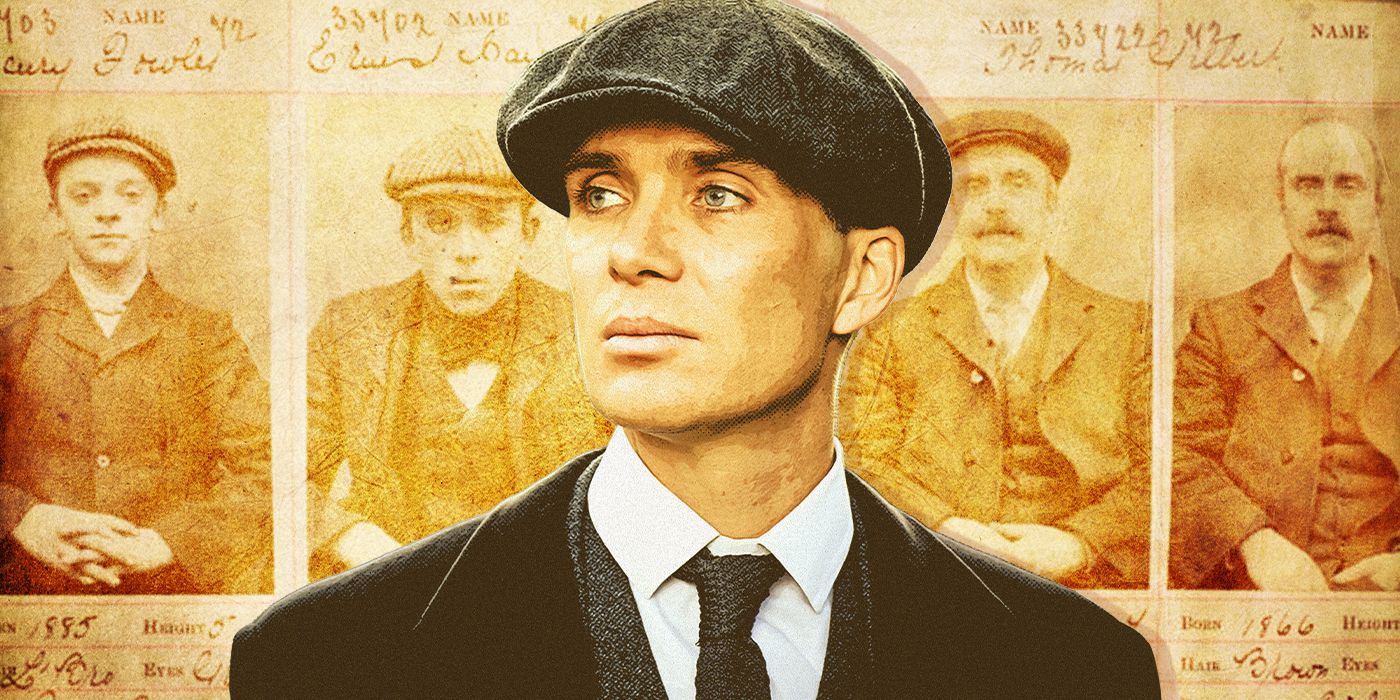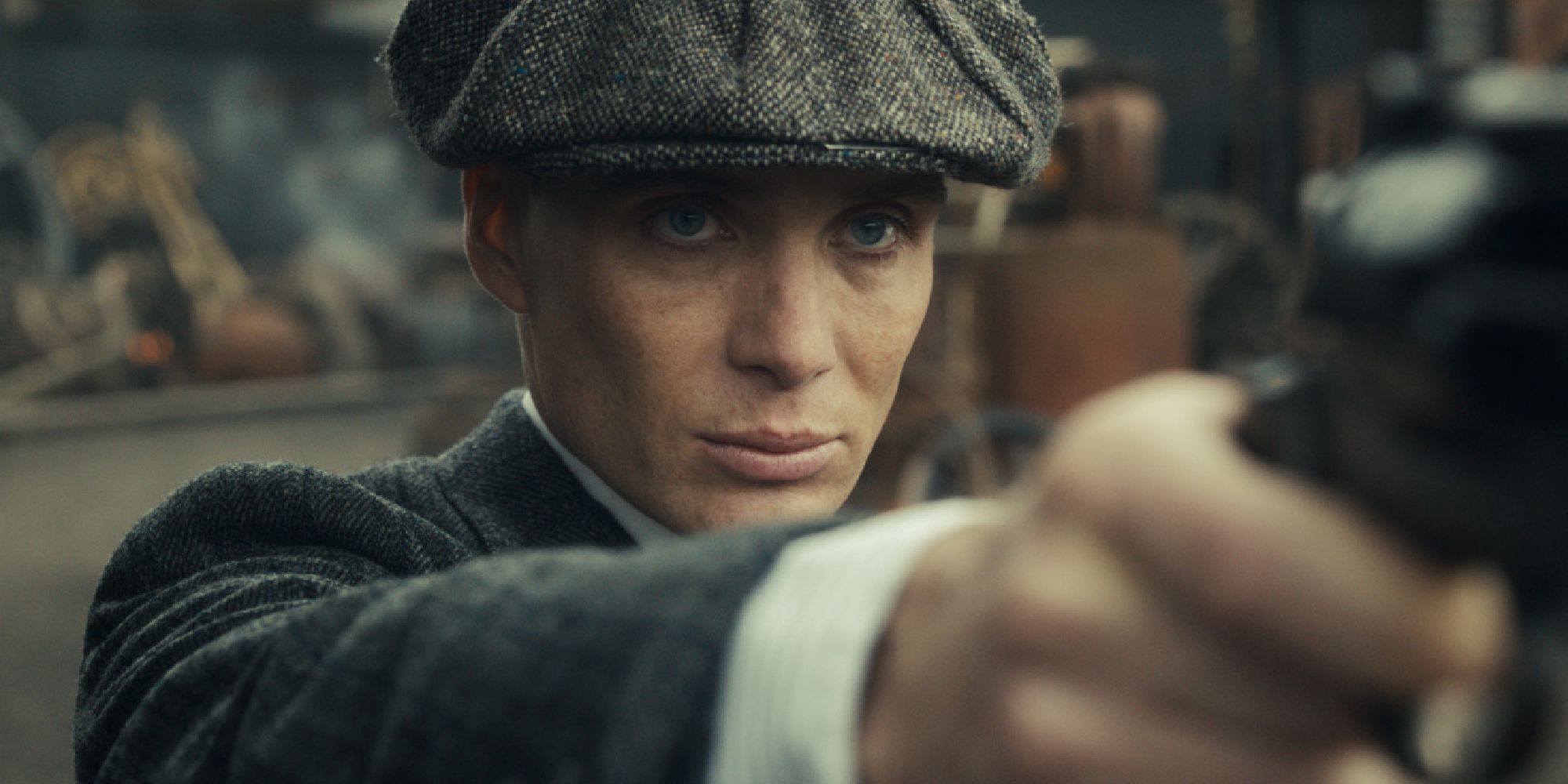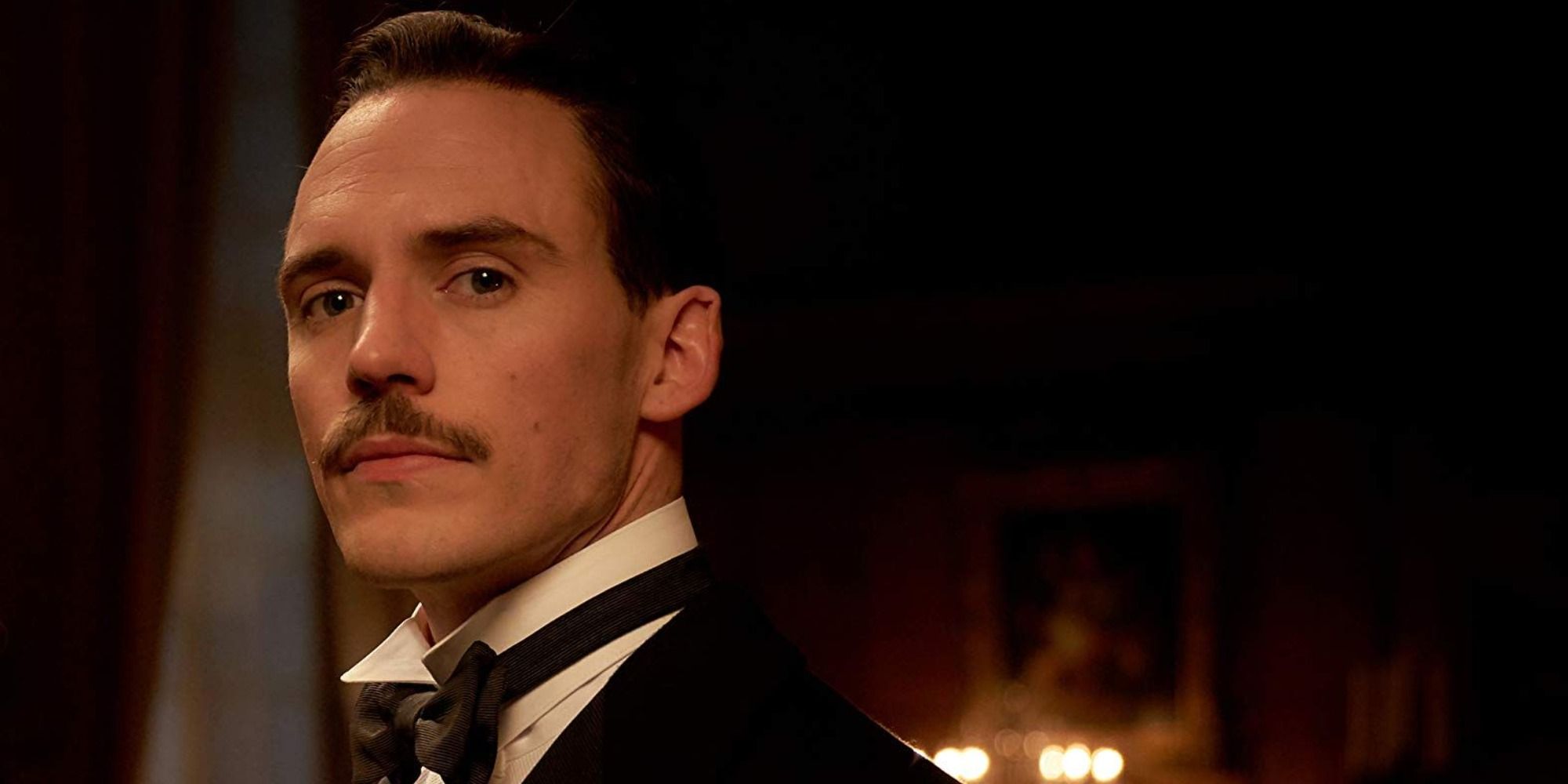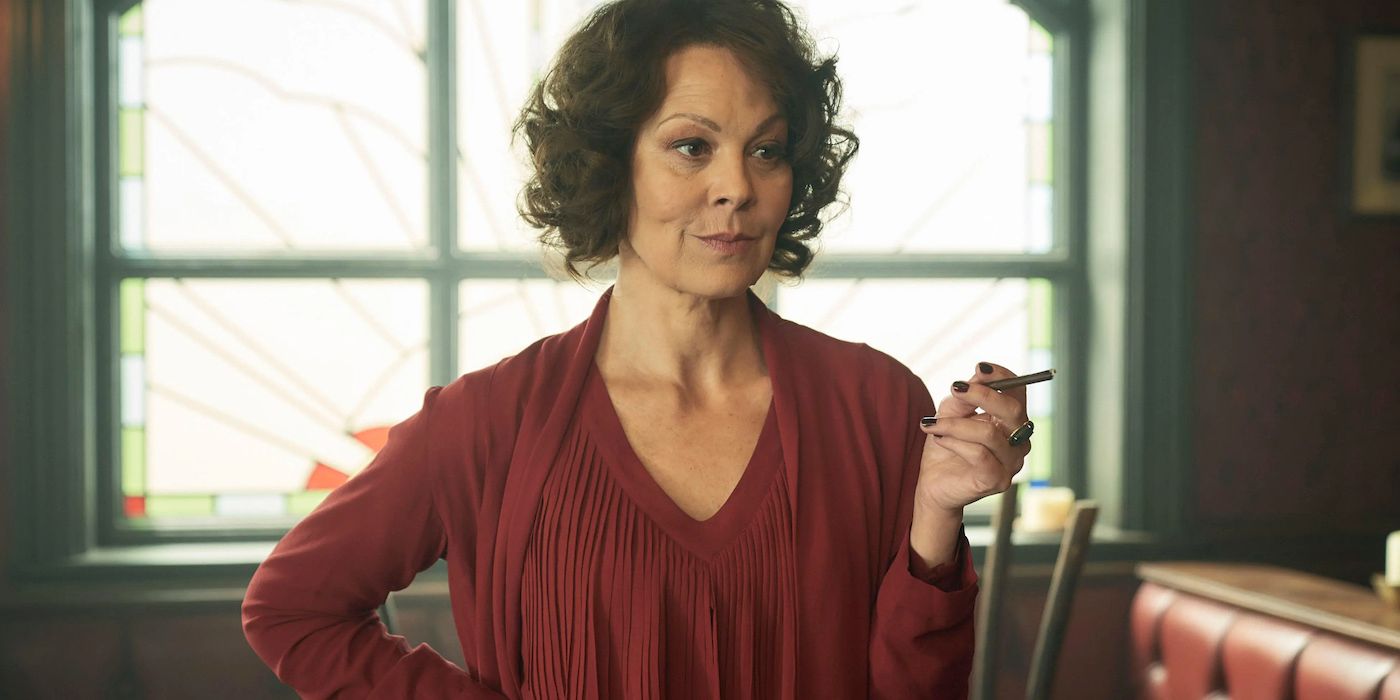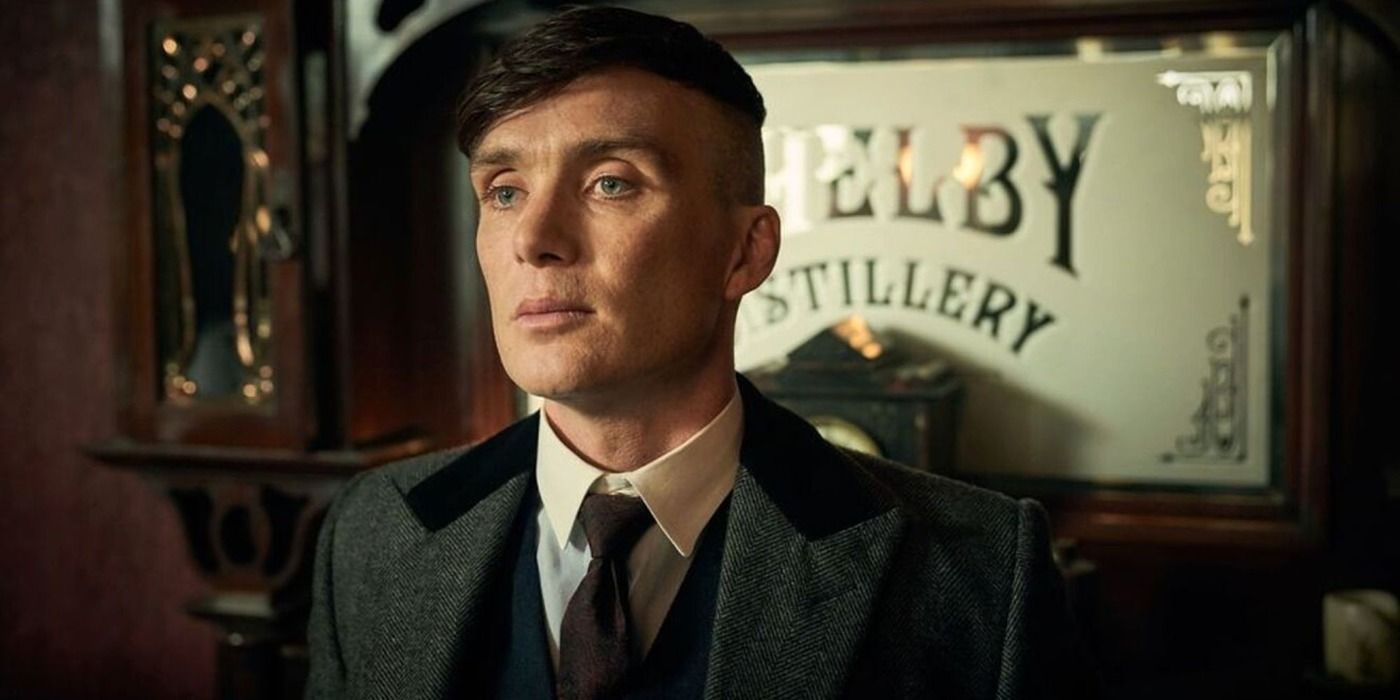The Big Picture
- Peaky Blinders is based on true events and true characters, providing an insight into real-life gangsters.
- The original Peaky Blinders disappeared by the 1920s, but the show portrays an alternate reality where they expanded their power.
- The women in the series play an important part in the lives of the gangsters, even though they were not actual members of the gang.
Peaky Blinders first dropped in 2013 and immediately found an audience of millions of fans across the world. The show tells the story of a family of gangsters, the Shelbys, whose power reigns over a dark, gloomy, poor, and industrialized Birmingham of the 1920s. Their trademark? They cut their enemies' faces with razor blades hidden inside their distinguished flat caps. After six seasons, Peaky Blinders' charm resides in the fact that, despite the family's odious and despicable behavior, they somehow have a good side (or at least something close to principles), which ultimately makes us understand and love them. If you're addicted to the series, you probably already know that it's based on true events and real people, but let's dive into the fascinating world of the real-life Peaky Blinders.
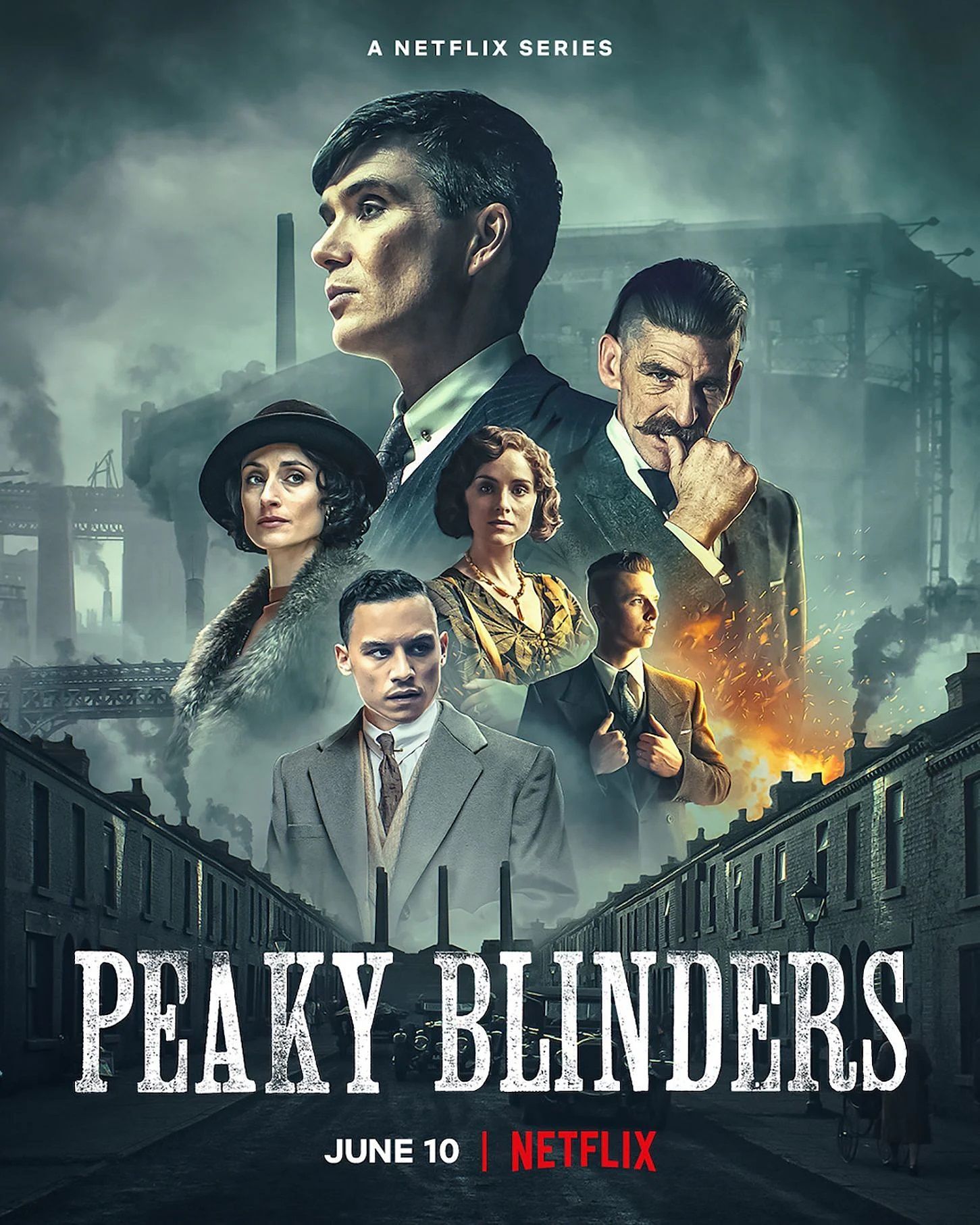
Peaky Blinders
A gangster family epic set in 1900s England, centering on a gang who sew razor blades in the peaks of their caps, and their fierce boss Tommy Shelby.
- Release Date
- September 30, 2014
- Cast
- Cillian Murphy , Sam Claflin , Helen McCrory , Sophie Rundle
- Main Genre
- Crime
- Seasons
- 6
Who Were the Real Peaky Blinders?
Steven Knight, mastermind and creator of Peaky Blinders, based the show on his personal life. His own father’s uncle was a peaky blinder, but the showrunner also explained that the inspiration came from both his parents, per an interview with History Extra:
"... my parents grew up in Birmingham in the '20s. My mum, when she was 9 years old, was a bookie’s runner; they used to use kids to take bets because it was all illegal. My dad’s uncle was part of the Peaky Blinders. It was reluctantly delivered, but my family did give me little snapshots, of gypsies and horses and gang fights and guns, and immaculate suits (...) One of the first stories that inspired me was of my dad when he was a little kid, sent to deliver a message. There was a table, covered in money and guns, surrounded by blokes, beautifully dressed, drinking beer from jam jars. You didn’t buy glasses. You only spent money on clothes."
An image of ‘’smoke, booze and (…) immaculately dressed men in this slum in Birmingham’’ immediately came to mind, and Peaky Blinders was born. However, while the show is set in the 1920s, the real-life Peaky Blinders had basically disappeared by that time. The gang saw more action in Birmingham in the late 19th century and early 20th century — around 1890 and 1910, to be more precise. In March 1890, the newspapers reported the assault of a man named George Eastwood who had been brutally attacked (Eastwood was in the hospital for weeks, after having parts of his skull removed). According to historian Carl Chinn — the great-grandson of a Peaky Blinder, who spent decades researching the Birmingham gang — this was the first time the term "Peaky Blinders" was used, essentially kicking off the legend.
Where Did the Name "Peaky Blinders" Come From?
As for the meaning of the name Peaky Blinders, it has nothing to do with the fact that these men were carrying razor blades in their flat caps, as depicted in the TV series. In actuality, disposable razor blades weren’t invented until 1908 (or 1903, depending on various historical accounts). At this time, the Peaky Blinders original gang’s empire was almost coming to an end. However, Chinn has a theory for the origin of the term Peaky Blinders: The "peaky" part designates the cap worn by the gangsters, and the "blind" part of this name comes from Birmingham slang, meaning "well-dressed." It's a name that seems like a perfect fit for gang members who spent most of their money on silk scarves, fancy overcoats, and fashionable suits. It is believed that even if "Peaky Blinders" was a term used for this one gang at first, it quickly became a general term used to speak about any street gang or criminal organization.
Did the Shelbys and 'Peaky Blinders' Characters Actually Exist?
When it comes to the characters of Peaky Blinders, truth and fiction are a bit harder to distinguish between. Tommy Shelby (Cillian Murphy) was inspired by one of the most prominent members of the gang, a man known as either Thomas Gilbert or Kevin Mooney (he changed his name a few times throughout his life). In addition to Gilbert, some of the most well-known Peaky Blinders included Harry Fowles (or "Baby-Faced Harry"), Stephen McNickle, and Earnest Haynes.
Another place where the TV show altered the truth a bit once again (for dramatic purposes and the sake of the story, obviously) is that the Peaky Blinders weren’t a highly organized criminal agency, like in the show. One example involves Fowles being arrested for stealing a bike, and, when put in jail, would only spend a few months there, which is more proof that their level of criminality wasn’t as high or as serious as in the series (where the Shelbys dodged the noose quite a few times). They mostly engaged in robberies, pickpocketing, mugging, and fights. However, in a documentary for the BBC, Chinn observed that Tommy Shelby and his family might also be based on Sam Sheldon and the Sheldon family.
The real Peaky Blinders soon started to gain attention from another gang: The Birmingham Boys (led by Billy Kimber and portrayed by Charlie Creed-Miles in the show). Their wars eventually led to the death of Constable George Snipe, during a riot between the police and the gangs. This moment proved to be a turning point in the rise and expansion of street gangs. However, Charles Rafter, a Chief Northern Irish police constable, who was even knighted in 1927, was given the mission to clean the streets of Birmingham and to get rid of the gangs — especially the Peaky Blinders. If it rings a bell, it is because Sam Neill’s Inspector Campbell in the TV series could easily pass as Rafter's fictional counterpart. This is something that Knight has never actually confirmed, but the similarities between these two men are quite obvious. Rafter’s methods and army of policemen turned out to be successful — and by 1910, the Peaky Blinders had almost disappeared.
Nonetheless, one member of the Peaky Blinders hadn’t said his last goodbye to his gangster life. Kimber saw the opportunity to create his own gang and expand his power — not only across Birmingham, but across most of the country. Although Kimber started as a Peaky Blinder, his rise to power is very similar to Thomas Shelby's in the show. The Birmingham Boys became a real crime organization, but even though Kimber’s influence had reached a portion of the country, the gangster had yet to take power over London — and decided that the capital was going to be his next target. (Again, Thomas Shelby, is that you?)
What Other Historical Figures Appear in 'Peaky Blinders'?
Once Kimber had reached London, his men started fighting bookmakers in the capital, and a certain Alfie Solomon (Solomons in the series, and amazingly portrayed by Tom Hardy) became a victim of the gang. After being beaten up by Kimber’s men, Solomon sought help from Jewish gangster Edward Emmanuel. Convinced that the Birmingham Boys were a threat to London, Emmanuel teamed up with another very important character seen in the Peaky Blinders TV series, Sabini (Noah Taylor), a British-Italian mob boss. The last days of the real Kimber are quite different in the series, as he meets his end at Tommy Shelby's hand — whereas his real-life counterpart actually died a wealthy man in his 60s.
Political figures also make an appearance, including the real-life future British prime minister Winston Churchill (played by Andy Nyman, Richard McCabe, and Neil Maskell). In Season 5, we meet Oswald Mosley (Sam Claflin), who really did form the British Union of Fascists (however, he only did so in 1932, not in 1929 like in the series). His wife, Diana Mosley (Amber Anderson), is also based on a true historical figure, who was considered to be an even bigger threat than her husband — especially since she was very close to Adolf Hitler, who called her his "angel."
Jessie Eden, a union activist who appears in the fourth season of the show, is also based on a real person. Played by Charlie Murphy, Eden played an essential role in the fight for women’s rights, an important communist activist in England who led a general strike in 1926. Brilliant Chang (Andrew Koji), who is introduced in Season 5, is based on the real-life Brilliant Chang, who owned a restaurant in Birmingham, was a dealer of opium and cocaine, and was referred to as the "dope king."
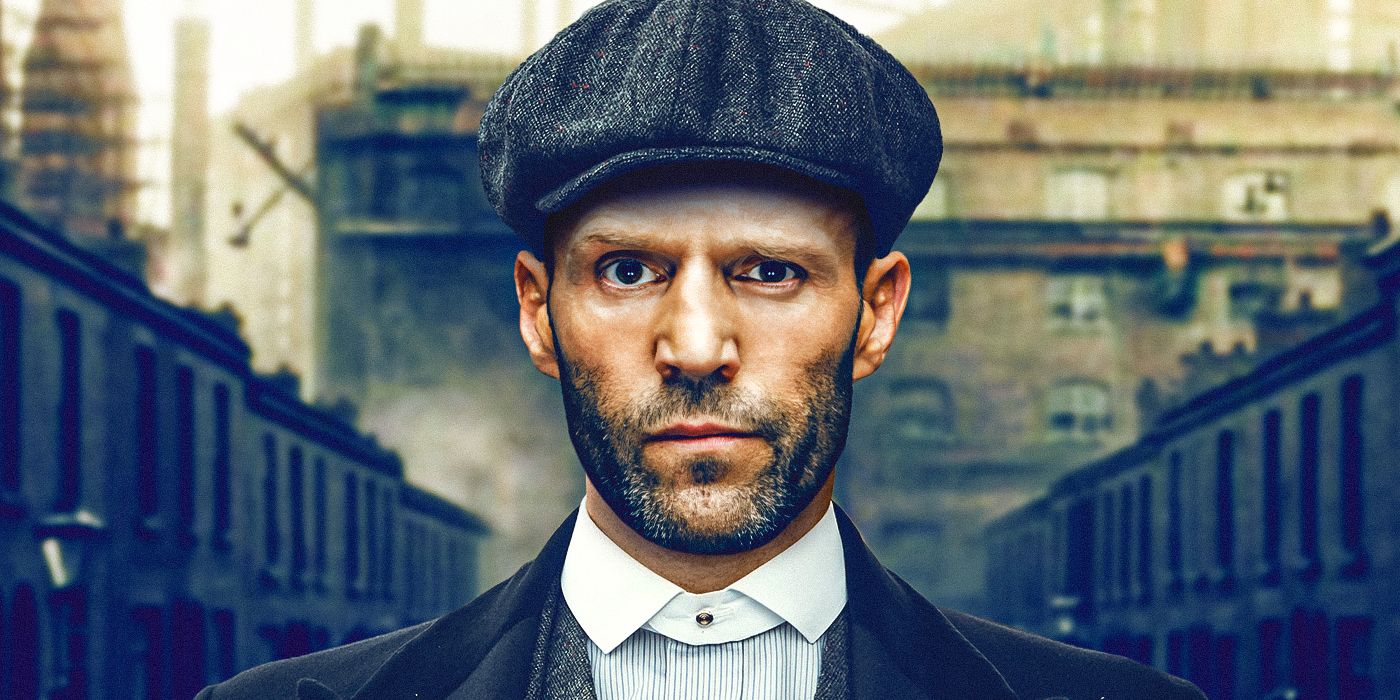
Jason Statham Almost Starred in ‘Peaky Blinders’ Instead of Cillian Murphy
By order of the Peaky Blinders!Women Played an Important Role in the Real Peaky Blinders Organization
The representation of women in Peaky Blinders is rather accurate as well. As Chinn observes: "... the real heroes of the backstreets were not the men, it was the women, who didn’t turn to criminality but who strove every day against an enemy called poverty. And for the most part they did so with dignity." While Chinn doesn’t believe that the gangsters' girlfriends and wives were actually part of the gang per se, they still played an important part in the organization. Polly Gray, played by the late Helen McCrory, was indeed a striking leader and role model, whose approval was always sought by Tommy Shelby in the television series.
'Peaky Blinders' Is an Exaggerated and Alternate Version of History
Peaky Blinders wavers between rewritten history and alternate reality. Characters such as Thomas Shelby and his Peaky Blinders definitely seem to be the "what if" version of what could have been for this Small Heath gang if things had turned out differently for them, as they did for the real Billy Kimber. While the Peaky Blinders were a dangerous gang terrorizing the streets of Birmingham, they never really aimed to expend their power over the country like the Shelbys did. From what we know, the real Peaky Blinders certainly never made money on a scale as big as the fictional family.
Some gang members could be as young as 13 years old and were mostly driven by their desire to impose themselves as street kings, stealing bikes, beating up rivals, and seeking to have their names written in the next newspaper, rather than becoming the next leader of any kind of "limited company" with political ambition and a thirst to overpower the forces already in place. But who knows? Maybe that’s exactly what would have become of the original Peaky Blinders had they not been overthrown by the Birmingham Boys. For now, the only full and extended story of the Peaky Blinders we'll ever know is the wonderful, gloomy, sordid, and fascinating one created by Steven Knight.
Peaky Blinders is available to stream on Netflix in the U.S.

